Activity: Which Disease Is the Worst?
- Page ID
- 20678
Each of the following is a disease found in humans. Read each of the descriptions and decide as a group how you would organize the diseases into 25 major groups, and then 25 subgroups. Be able to defend your choices to the class.
African Sleeping Sickness
Infectious Agent: Protist, Trypanosoma
Symptoms: headaches, abnormal behavior, uncontrollable sleepiness
Transmission/Vector: tse tse fly
Prevention: control insect population
Additional Notes: some game animals carry trypanosomes which are passed to tse tse flies

Amebic Dysentery
Infectious Agent: Protist, Ameba histolytica
Symptoms: violent diarrhea, foul smelling flatulence, dehydration
Transmission/Vector: contaminated water and food
Prevention: purify / filter water
Additional Notes: common in developing countries, sometimes called "traveller's diarrhea"
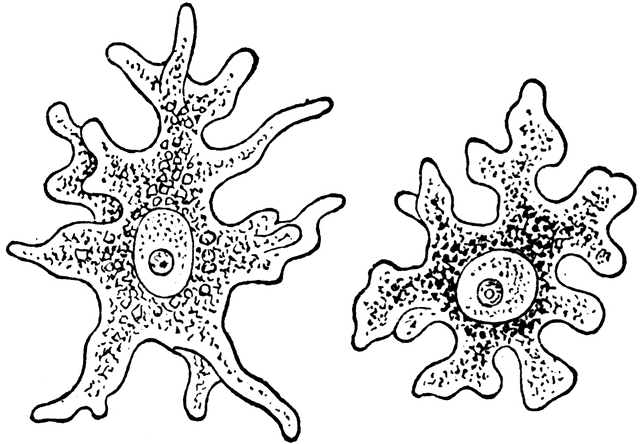
A.I.D.S (Acquired Immune Deficiency Syndrome)
Infectious Agent: Human Immunodeficiency Virus (H.I.V)
Symptoms: pneumonia, certain types of cancer, opportunistic infections
Transmission/Vector: intimate contact, exchange of blood or body fluids
Prevention/Treatment: blood screening, safer sex; antiviral drugs
Additional Notes: Drugs can be used to slow disease progression, there is no cure or vaccine

Anthrax
Infectious Agent: Bacteria, Bacillus anthracis
Symptoms: respiratory failure, flulike symptoms,
Transmission/Vector: infected meat
Prevention: Vaccines can be given to atrisk populations (military), avoid contact with infected persons or animals
Additional Notes: Anthrax spores can survive for long periods, making anthrax an possible pathogen for bioterrorism (anthrax can be mailed in envelopes). There are also gastrointestinal and cutaneous forms of infection.

Black Death
Infectious Agent: Bacteria, Yersinia pestis
Symptoms: Appearance of buboes (masses) in the groin and armpits, vomitting, rashes, black spots
Transmission/Vector: Fleas on rats
Prevention/Treatment: Avoid areas where infection is present; antibiotics
Additional Notes: Disease is treatable with antibiotics. The Black Plague is thought to have killed 3060% of Europe's population in the 14th century.
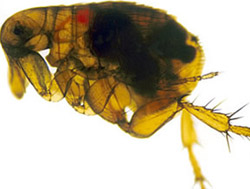
Cholera
Infectious Agent: Bacteria, Vibrio cholera
Symptoms: watery diarrhea, vomitting, dehydration, muscle cramps
Transmission/Vector: contaminated water and food (oysters)
Prevention/Treatment: water filtration, sanitation; antibiotics
Additional Notes: Vaccine is available, but not widely given. Cholera can be fatal if untreated and was devasting before antibiotics and intravenous fluids. John Snow, the father of epidemiology was the first to track this diseaes and establish its cause.

CreutzfeltdJakob Disease (CJD)
Infectious Agent: scrapie prion
Symptoms: deteriorating mental capacity, confusion, dementia, death
Transmission/Vector: unknown causes, contamination from infected tissue, cannibalism also implicated, possible transmitted from the bovine form (Mad Cow Disease)
Prevention: not applicable, unknown
Additional Notes: Also called spongiform encephalitis, for the spongy appearance of the brain in deceased victims

Chagas Disease
Infectious Agent: Protist; Trypanosoma cruzi
Symptoms: initially flulike symptoms, swelling of eyelids; heart disorders and digestive problems in chronic phase
Transmission/Vector: Kissing Bug bite
Prevention/Treatment: Control of insects, antiparasitic drugs
Additional Notes:
Ebola
Infectious Agent: Ebola Virus
Symptoms: flulike symptoms, vomiting, bleeding due to decreased blood clotting (hemorrhagic fever)
Transmission/Vector: close contact with infected individuals or handling of corpses, animal resevoir (bats) suspected
Prevention/Treatment: avoid contact with infected, there is no cure, treatment usually involves IV fluids
Additional Notes: High risk of death to those affected (2090%), usually within 16 days of when symptoms appear
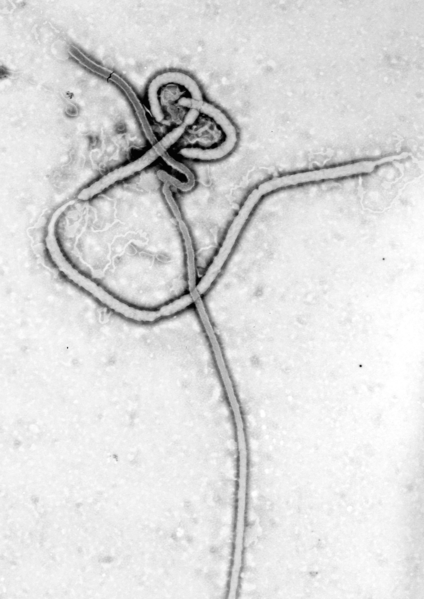
Giardiasis (Beaver Fever)
Infectious Agent: Protist, Giardia lamblia
Symptoms: weakness, loss of appetite, loose stools, projectile vomiting, excessive gas, weight loss
Transmission/Vector: Drinking water contaminated with the parasite, can infect animals
Prevention: Sanitation, clean water
Additional Notes: This is also called "hiker's diarrhea" because hikers will get this if they drink from what appears to be clean streams. Always filter the water!

Hookworm
Infectious Agent: parasitic roundworm, Anclystoma and Necator
Symptoms: Intestinal inflammation, anemia, can by asymptomatic
Transmission/Vector: larval worms burrow through the skin, adult worms live in the intestine, animals can carry roundworms
Prevention: wear shoes, keep pets dewormed, sanitation
Additional Notes: The site of infection is often visible on the skin, where the larval worm has burrowed.

Influenza
Infectious Agent: virus, Influenza (multiple strains)
Symptoms: high fever, aches, headache, fatigue, sore throat, coughing
Transmission/Vector: air, contact with infected
Prevention: vaccines, handwashing, avoid infected
Additional Notes: the 1918 flu pandemic was described as the "greatest medical holocaust in history" and kiled more people than the black death, and more people in 24 weeks than AIDS has killed in 24 years, approximately 50100 million worldwide
Leprosy (Hansen's Disease)
Infectious Agent: bacteria, Mycobacterium leprae
Symptoms: skin lesions, nerve damage
Transmission/Vector: spread in respiratory droplets
Prevention/Treatment:avoid contact with infected; antibiotics
Additional Notes: Once a feared disease, victims were sometimes assigned to leper colonies, the disease takes its name from the Latin word "lepra" which means scaly due to the scaly appearance of the skin of those infected

Malaria
Infectious Agent: protist, Plasmodium
Symptoms: fever, chills, anemia, liver failure
Transmission/Vector: Anopholes mosquito transmits the protist through bites
Prevention/Treatment: Mosquito nets, insecticides; antimalarial drugs can prevent infection
Additional Notes: Generally a tropical disease, though it has huge effects across the world; in 2010 there were 219 million cases that resulted in 660,000 deaths. Scientists have been researching a vaccine for decades, but have made little progress
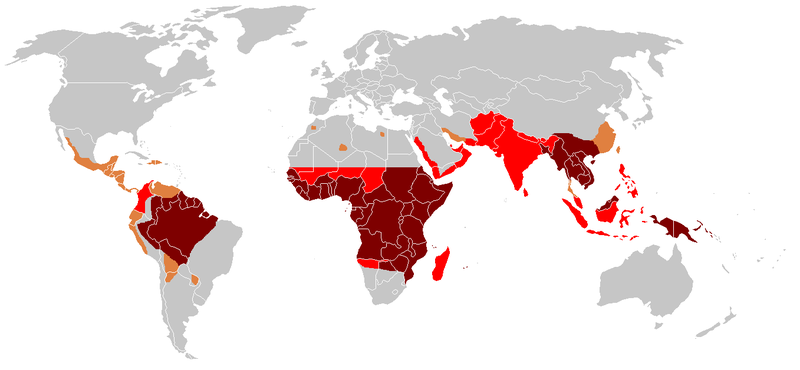
Polio
Infectious Agent: Virus, poliomyelitis
Symptoms: fever, headache, fatigue, muscle pain, paralysis
Transmission/Vector: ingestion in contaminated food or water
Prevention: Vaccines were developed in 1955 (Jonas Salk)
Additional Notes: Some patients were confined to "iron lungs" that would help them breath because the virus interfered with those muscles. Many children were affected by the disease and lost the ability to walk, a condition called "infantile paralysis."
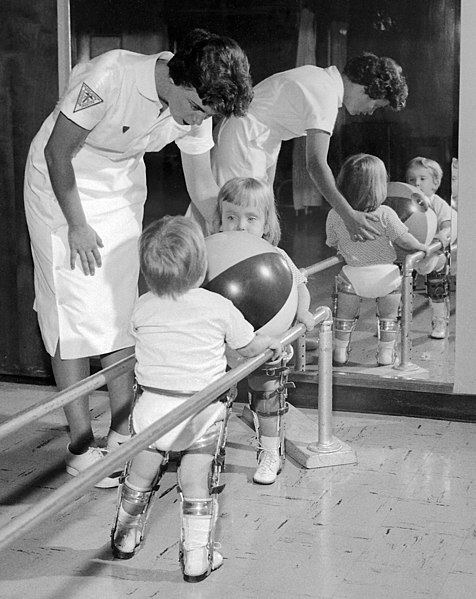
Rabies
Infectious Agent: Virus, Rabies
Symptoms: confusion, paranoia, paralysis, disorientation, hydrophobia
Transmission/Vector: Animal bites or scratches
Prevention:Vaccinate dogs, avoid contact with bats or other wild animals
Additional Notes: Rabies is always fatal, there is no cure. There is a vaccine that is given if a person has been exposed to a rabid animal.
Schistosomiasis (Snail Fever)
Infectious Agent: Roundworm, Schistosome worm
Symptoms: fever, anemia, organ failure, enlarged liver, blood in urine, bloody stool
Transmission/Vector: cercariae larva live in snails for part of life cycle, then burrow into skin of humans
Prevention: Control snail populations with insecticides, sanitation and clean water
Additional Notes:
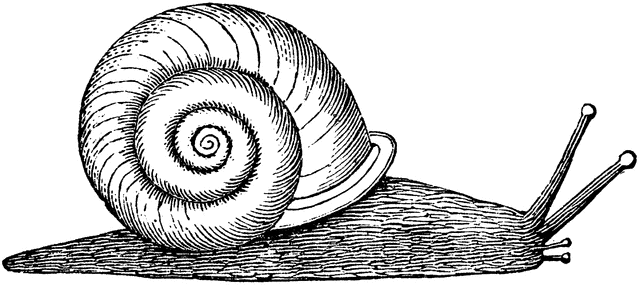
Strep Throat
Infectious Agent: Bacteria, Streptococcus pyogenes
Symptoms: painful throat, swollen tonsils, may be coated with white patches
Transmission/Vector: Casual contact with infected, respiratory droplets
Prevention/Treatment: wash hands, disinfect, antibiotics, tonsillectomy may be recommended
Additional Notes:
Smallpox
Infectious Agent: Virus, Variola major and Variola minor
Symptoms: intense rash with raised fluidfilled blisters, scarring occurs in survivors
Transmission/Vector: Respiratory droplets, airborne
Prevention: Avoid infected, vaccination
Additional Notes: Vaccines for smallpox no longer given as it has been declared eradicated from the human population. The vaccine was created by Edward Jenner from cowpox and is the first known vaccine ever used.
Syphilis
Infectious Agent: Bacterium, Treponema pallidum
Symptoms: four stages, each with a different set of symptoms ranging from skin ulcerations, rashes, and finally growths that occur under the skin and can cause deformities (growths are called gummas), neurological and cardiac symptoms finally result in death
Transmission/Vector: Sexual contact, or from mother to fetus
Prevention/Treatment: Condoms can prevent infection, antibiotics are used to treat it
Additional Notes: Syphilis can be latent, with person having no symptoms at all. It was a feared disease of Europe in the days before antibiotics. Many historical figures are thought to have had neurological symptoms of stage 4 syphilis (Napolean, Hitler)

Tetanus
Infectious Agent: Bacteria, Clostridium tetani
Symptoms: muscle spasms, lockjaw, death
Transmission/Vector: Enters the skin through cuts or punctures
Prevention: Vaccine
Additional Notes: There is no cure or treatment once symptoms occur, it is fatal
Trichinosis
Infectious Agent: Roundworm, trichinella
Symptoms: muscle soreness
Transmission/Vector: eating undercooked food (usually pork)
Prevention: cook food thoroughly
Additional Notes: Cysts remain in muscles and cannot be removed

Whooping Cough (Pertussis)
Infectious Agent: Bacteria, Bordatella pertussis
Symptoms: startw with mild respiratory symptoms, followed by paroxysmal cough, fainting or vomiting due to violent coughing, gasping for breath
Transmission/Vector: Airborne, person to person
Prevention: Vaccine developed in the 1930's, completely prevents disease
Additional Notes: Because some communities are having a high optout vaccination rate, pertussis is making a comeback. It can be fatal in young children. Adults are recommended to get boosters if they are around vulnerable children. Pertussis vaccines are packaged with tetanus vaccines.



